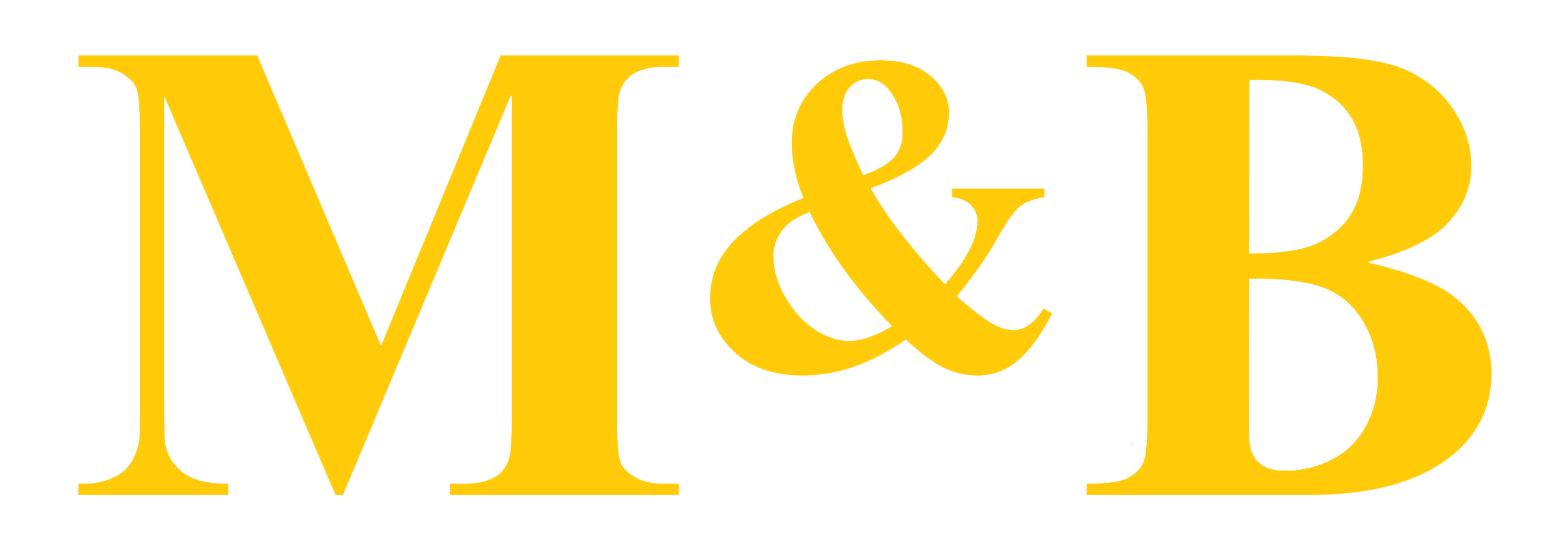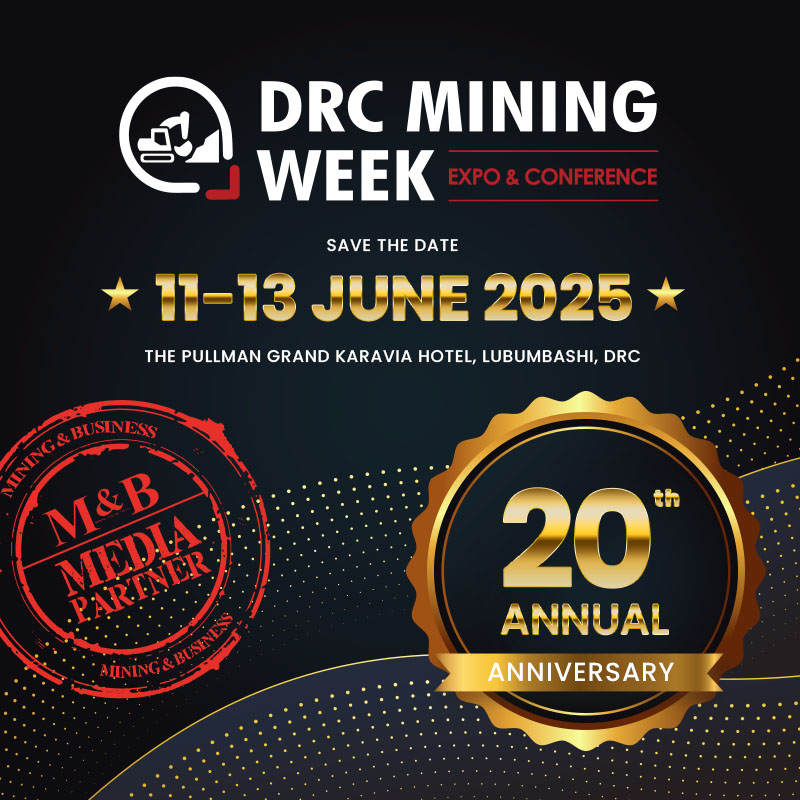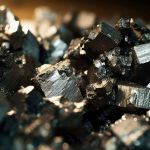With its high rainfall and large, perennial rivers, the DRC is a water-rich country, but the supply infrastructure remains poor.
With its high rainfall and large, perennial rivers, the DRC is a water-rich country, but the supply infrastructure remains poor. Despite the abundance of surface water, the vast majority of the population relies on groundwater for their water supply, particularly springs, which are the main source of drinking water for up to 90% of the rural population.
The Congolese electricity industry exploits just 3% of the country’s energy resources. Yet these resources and potential make the Congo a prime location for investment in clean energies, which are essential in the global energy transition.
Only six of the 26 new provincial capitals are accessible by road from Kinshasa, and the country has one of the lowest electrification rates in Africa, at 15-20% (TI, 2022). The country’s energy potential is extremely varied: from hydroelectricity to proven coal reserves, wood, proven oil reserves, methane, solar energy, agricultural biomass, biofuel, geothermal energy and more. The Congo River offers the DRC an exploitable energy potential spread over 780 sites in 145 territories and 76,000 villages. This potential represents around 37% of Africa’s total potential and almost 6% of the world’s.
Out of the deep sleep
Despite millions of dollars in donor funding, according to the World Bank, only 20% of the DRC’s 108 million inhabitants have access to electricity – around 41% in urban areas and 1% in rural areas. Lack of access to modern electrical services undermines the health, education and income-generating potential of millions of Congolese. Most power generation projects are led and financed by mining companies seeking to supply their facilities with electricity.
The DRC has an installed capacity of over 2,500 MW of hydroelectric power, but with an electrification rate of around 20%, the country remains short of an equivalent amount despite the capacity. The huge Grand Inga project has an estimated potential capacity of 39,000 MW. The Congolese government identified 217 sites to further develop its hydroelectric potential with the development of a Renewable Energy Atlas in 2014. This led to the selection of 780 sites, some of which will be used to develop the country’s solar and wind energy potential.
Of the total installed capacity in the DRC, Société Nationale d’Electricité (SNEL) has a generating fleet of around 2,416 MW, or 96% of the national installed capacity, made up mainly of hydroelectric power plants. However, actual production is only 6,000 to 7,000 Gwh. Self-generators share the remaining 100 MW of installed capacity, or 4%, according to an SNEL report.
Despite its potential, the electrification rate in the DRC remains low, with only 20% of the country’s 96 million inhabitants having access to electricity, 99% of which comes from hydroelectricity. The government’s vision is to increase the coverage rate to 32% by 2030. This paradox is due either to outdated facilities dating back to the colonial period, or to a lack of new investors in the sector. New investors are entering the electricity distribution business.
Privatization: the other key
Today, small-scale renewable energy projects can significantly increase the amount of electricity available, and they can also increase access to electricity for the Congolese people, particularly in rural areas. “Energy is an important element of infrastructure. Congo is a big energy consumer, but at the moment, every operator is using generators, because there isn’t enough energy,” notes Dr James Mwangi, Chairman of Equity Holdings, one of the two largest banks, in terms of assets, in the DRC.
With solar deposits reaching 200 TWh, entrepreneurs see a golden opportunity in the sector. In 2014, a new electricity law was passed in the DRC, liberalizing the energy sector to independent producers and renewable energies. As a result, six years later, there are six completed projects, five of them private, and nine projects underway, in Ituri (Isiro Moyi Power) Kivu (Symbion Power), Kasai (Enerkac and EDC), Lualaba (Sicohydro, Sky Power, etc.), Haut-Katanga (Kipay), among others.
Nuru, a Congolese company founded by Archib Lobo and Jonathan Shaw, is a model of success par excellence. Nuru has just raised $70 million on the international markets to build new solar micro power plants, ten times the capital invested in 2019 in “Goma I”, Nuru’s first site in operation since January early 2020, supplying 3,000 customers (1,700 households, 700 SMEs, 600 social institutions). “Without electricity, and therefore without an entrepreneurial fabric, how can we prevent unemployed young people from joining the armed groups who make their living from the blood economy in mining areas, or from trading charcoal, the product of deforestation in insecure areas?” says Archib Lobo.
Nuru has installed 4,000 solar panels at “Goma I”, supplying 75% of the 1.3 megawatts (MW) produced. The remainder is provided by two diesel generators, which take over at night when the two Tesla super batteries are flat.
In the meantime, the company is developing the Bulengo solar project, to which is added the supply of hydroelectric power from dams built in the Virunga parks. Nuru hopes to provide access to electricity for more than 29,000 customers. This does not include, outside the provincial capital of North Kivu, the 13 MW planned for Bunia, in the north-east, bordering Uganda, and others further inland, in Kindu and Mbuji-Mayi. “To reach the 5 million people we’re dreaming of, we need to produce 150 MW,” calculates Archib Lobo.
Hydrocarbons
At the beginning of 2023, three North American companies won the tender to operate the Lake Kivu methane gas blocks: Symbion Power & Red, for the so-called “Makelele” block, Winds Exploration and Production LLC (Idjwi block) and Alfajiri Energy Corporation (Lwandjofu block). US-based Symbion Power, which has already developed two similar projects on the Rwandan shore of Lake Kivu, has proposed a 60-megawatt gas-to-electricity project. Electricity from its Makelele concession will serve Goma and South Kivu.
The DRC has a potential of 66 billion cubic normometers of gas dissolved in the waters of Lake Kivu and 22 billion barrels of oil in all its segmental basins – the Coastal Basin (north-west), the Central Cuvette, in the Tanganyika Graben (south-east) and in the Albertine Graben (north-east). By the end of 2022, crude oil production will have peaked at 8 million barrels a year, out of a national potential estimated at 20 billion barrels.
Source: Anapi, Le Monde, Jeune Afrique, The Conversation, UNDP, Energy Statistics Data Browser, World Bank







